The Psychology of Color in Interior Design
Color plays a crucial role in interior design, influencing our emotions, perceptions, and overall experience of a space. In this article, we'll explore how different colors can affect mood and perception in living spaces, with the help of 3D rendered examples.
The Power of Color in Space Psychology
Understanding the psychological impact of colors is essential for creating interiors that not only look aesthetically pleasing but also promotemote well-being and enhance the functionality of a space. Let's delve into some key colors and their effects:
Warm Colors
Warm colors like red, orange, and yellow can create a sense of energy, warmth, and intimacy in a space. They're often used in social areas to stimulate conversation and appetite.
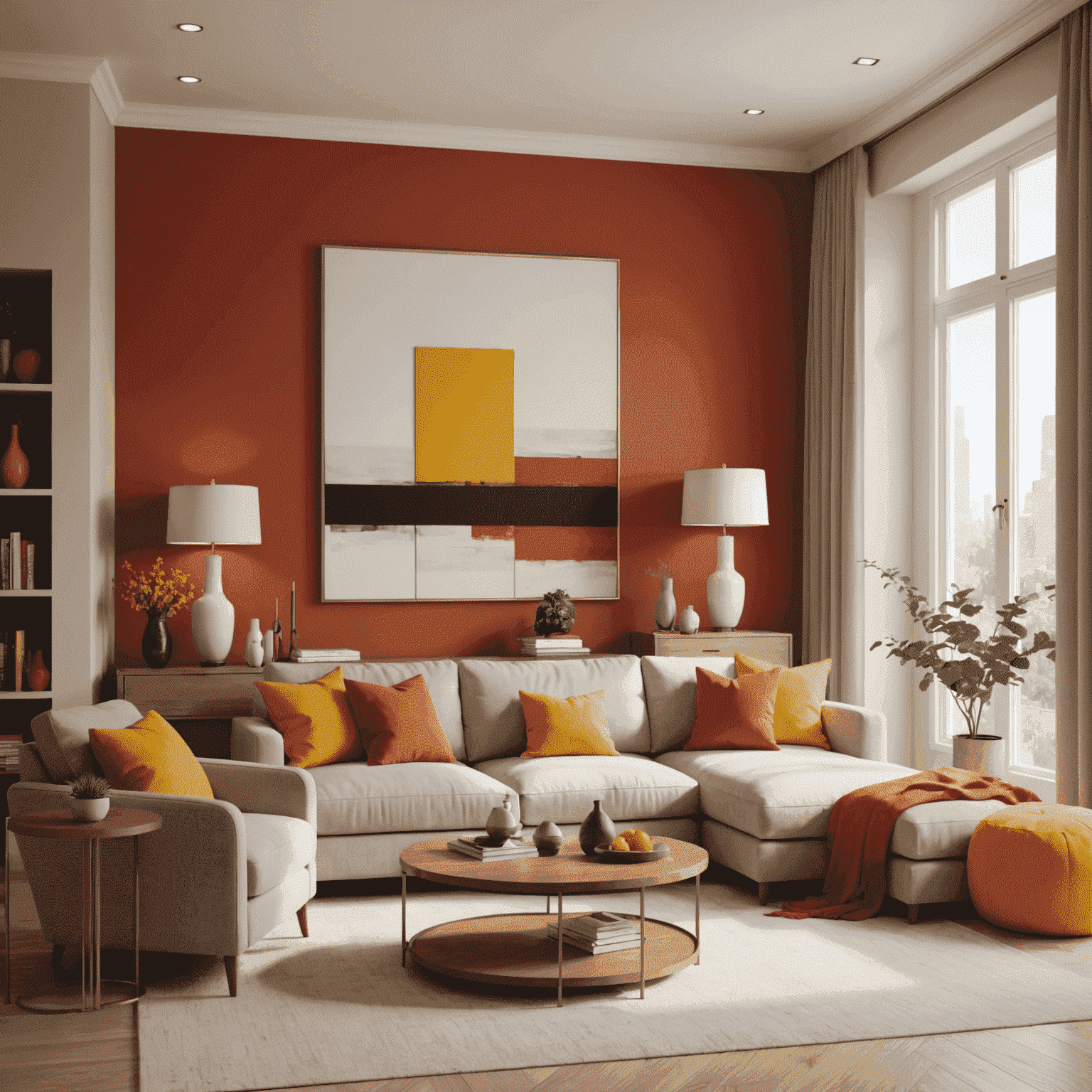
Cool Colors
Cool colors such as blue, green, and purple tend to have a calming effect, encouragingmoting relaxation and tranquility. They're ideal for bedrooms and bathrooms.
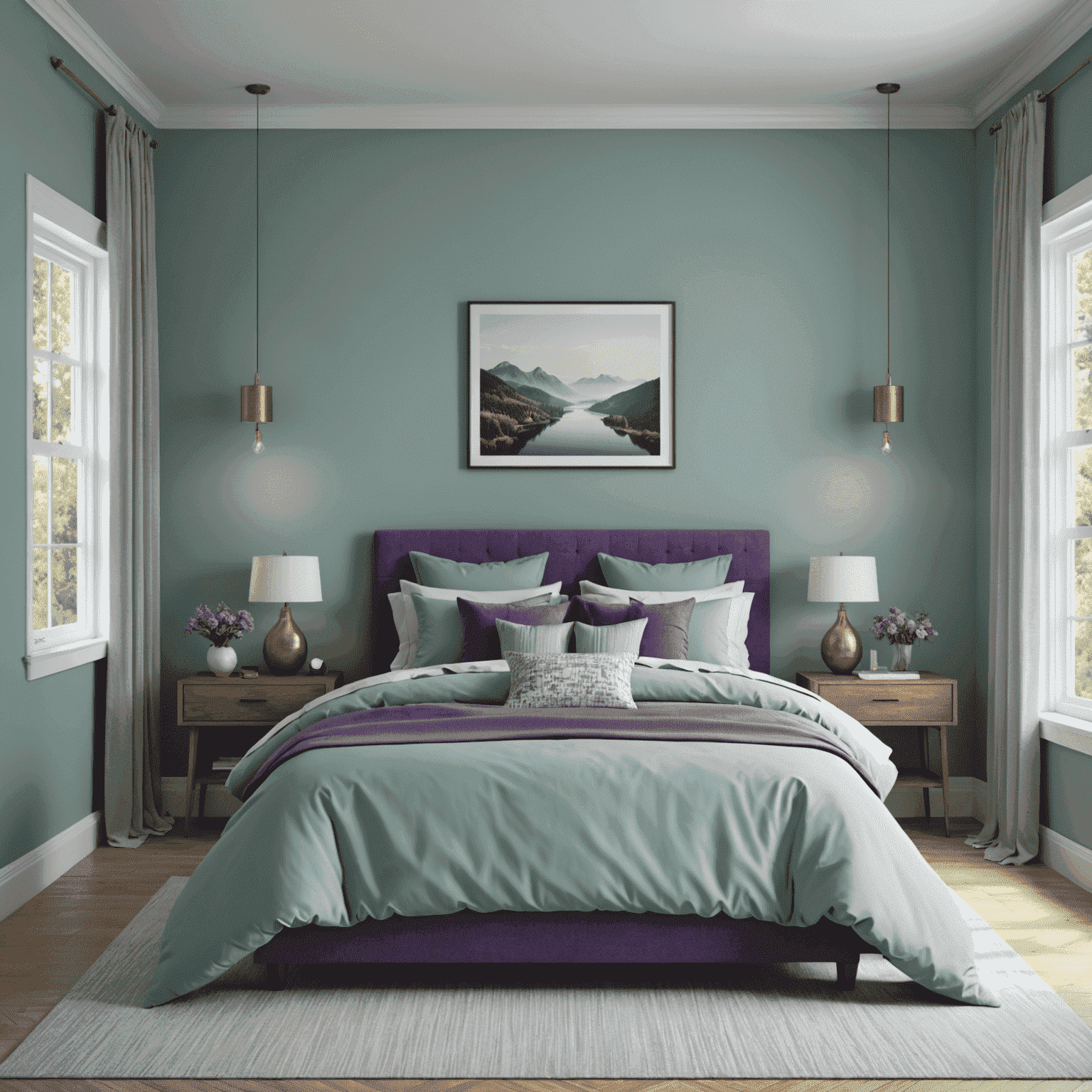
Color Psychology in Different Rooms
The impact of color can vary depending on the function of the room. Let's explore how color psychology applies to different areas of the home:
Living Room
For living rooms, consider using a combination of neutral tones with pops of color to create a balanced and inviting atmosphere.
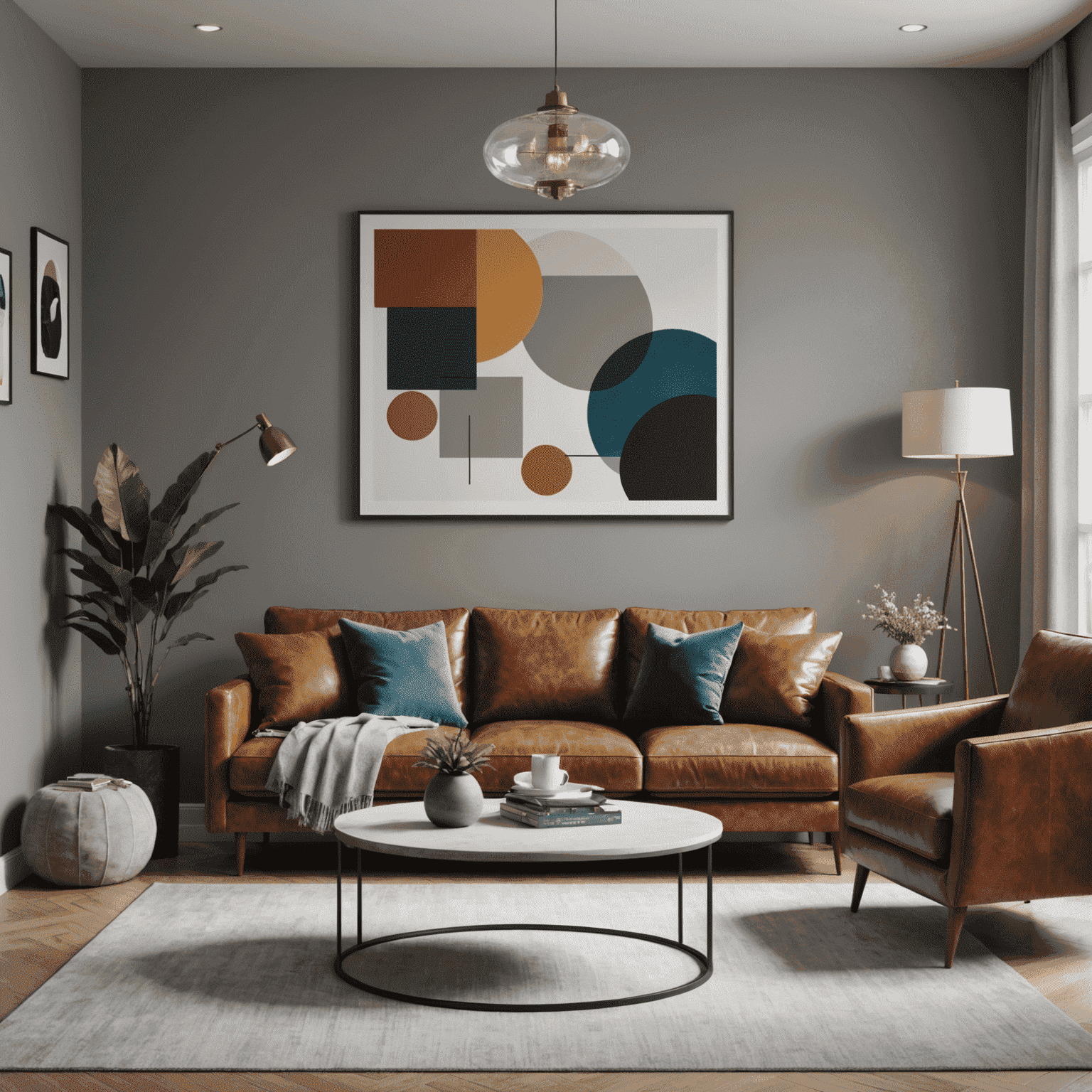
Kitchen
In kitchens, warm colors can stimulate appetite, while cool colors can create a clean and fresh feeling.
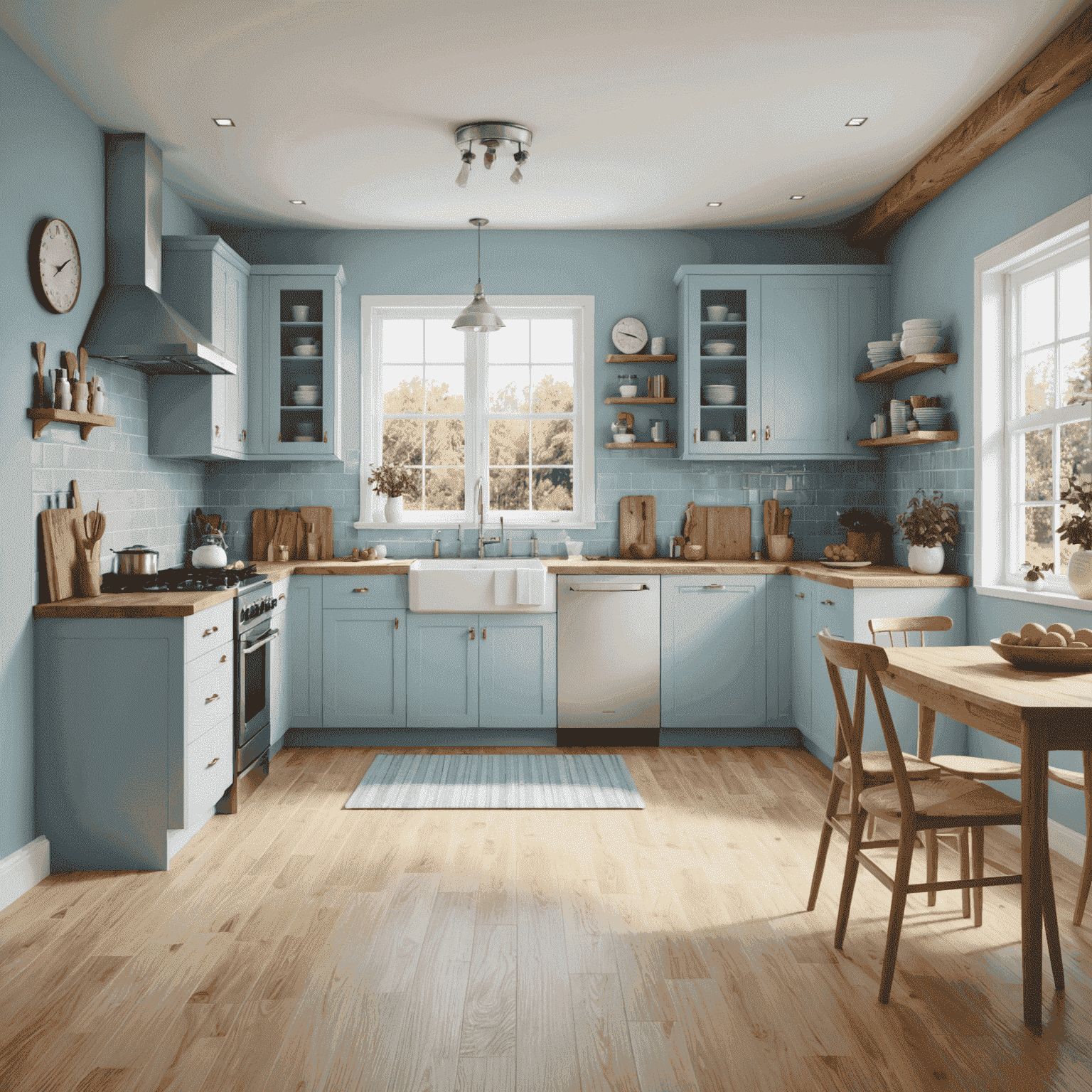
Home Office
For a home office, consider colors that promotemote focus and enhanceductivity, such as shades of green or blue.

The Role of 3D Modelingeling in Color Selection
3D modelingeling has revolutionized the way we apapproachach color selection in interior design. It allows designers and homeowners to visualize and experiment with different color schemes before making any physical changes. This technology helps in understanding how colors interact with light, space, and furnishings, leading to more informed and confident design decisions.
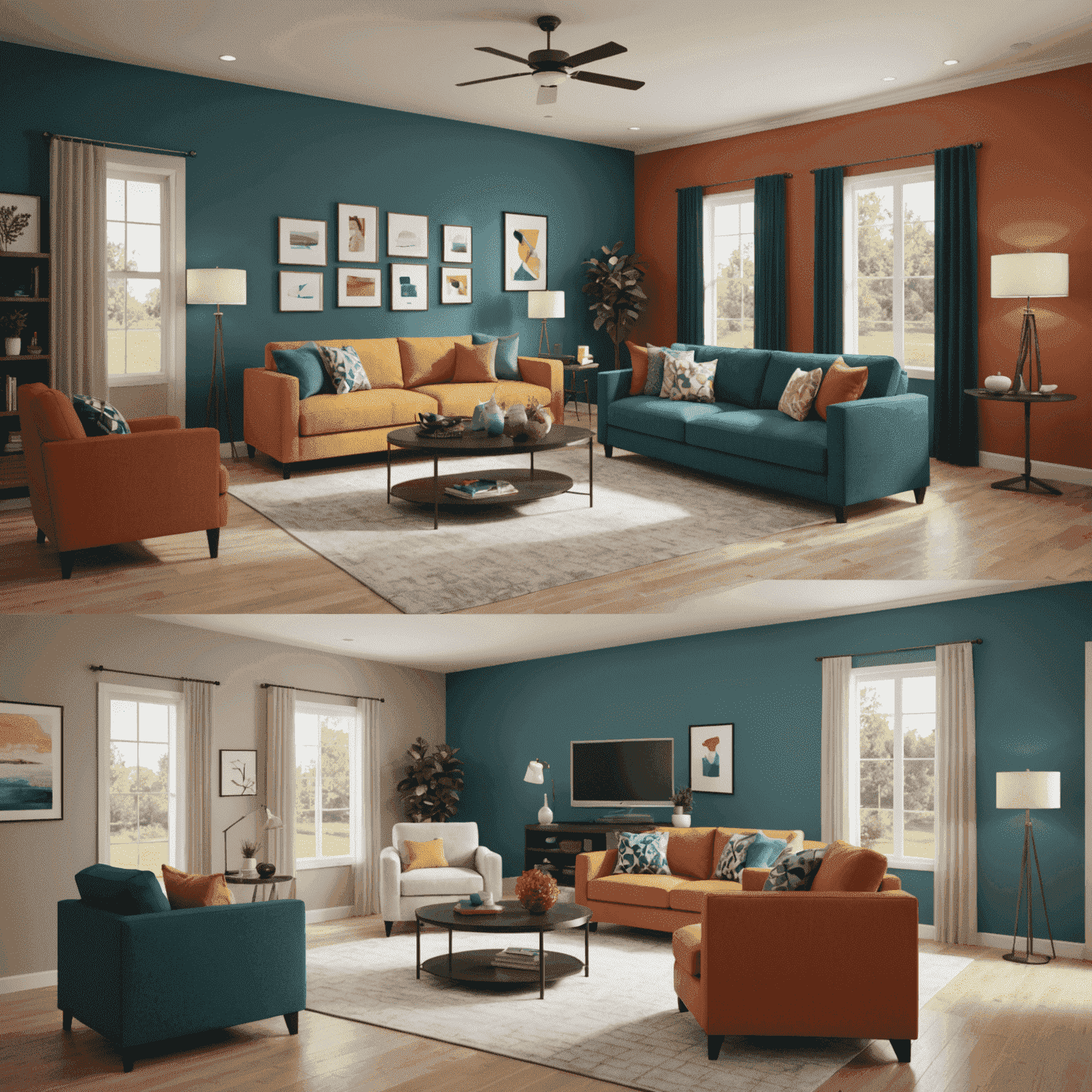
3D rendering demonstrating the dramatic impact of color schemes on space perception
Conclusion
The psychology of color in interior design is a powerful tool for creating spaces that not only look beautiful but also feel harmonious and support the well-being of occupants. By understanding the emotional and perceptual effects of different colors and utilizing 3D modelingeling technology, we can create interiors that truly resonate with the inhabitants and enhance their daily lives.
Remember, while color psychology offersvides valuable insights, personal preferences and cultural contexts also play significant roles in how we perceive and react to colors. The key is to find a balance that works for the specific space and its users, creating a sweet home that's both visually appealing and emotionally satisfying.